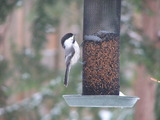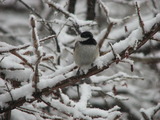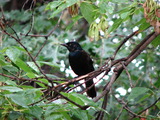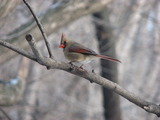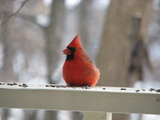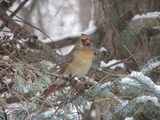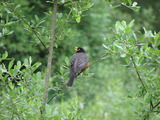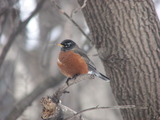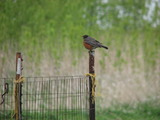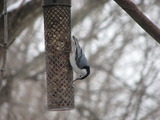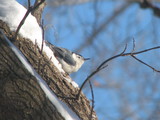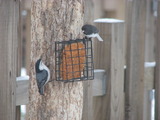Lifebirds #4-11 - Feeder Birds
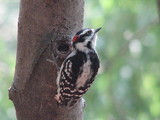
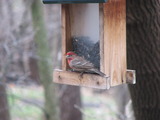
When I constructed my first lifelist, using the inexactly-dated entries in our copy of Birds of Minnesota and Wisconsin, I chose to rely on photographic evidence to order my earliest lifers. To the Downy Woodpecker, briefly, fell the honor of being named “Steve’s lifebird #1.” Then I discovered photos taken in Hawaii of three species that predated my first home feeder photo, and the little woodpecker fell to number four. But it retains its place as Minnesota bird number one, so there is that consolation for it.
The eight birds grouped together here remain, with one exception, some of the most-frequently seen birds in our yard. For whatever reason, we were inundated with Common Grackles during the summer of 2003. We’ve seen them in our yard only occasionally since. It’s not that this species is in decline, it just seems that our feeders haven’t been discovered by another large and unruly mob like the one that hung out with us that year.
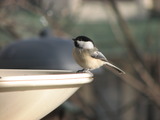
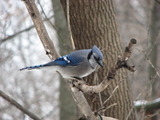
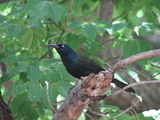
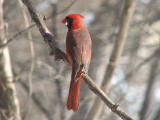
Northern Cardinals, Black-capped Chickadees, and Blue Jays are the birds chiefly responsible for my interest in feeding birds. None of these species was familiar to me before I moved to Minnesota in 1995. I think there are at least two reasons that these particular birds caught my interest.
The first is that they stick around for the harsh Minnesota winters. I can’t help but admire a half-ounce bird (the chickadee) braving temperatures that drop to -20F with no more cover than a thin layer of downy feathers. All of these birds show up beautifully against the backdrop of snow-covered Minnesota landscapes (particularly the bright-red male cardinals, and Christmas card publishers have noticed this).
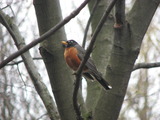
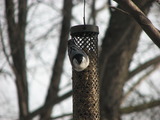
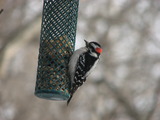
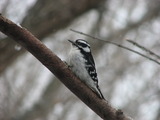
Second, all three of these birds have songs or calls that are interesting and easily recognized. There is the chickadee’s “sweeeeetie, sweeeeetie,” and its self-celebratory “chicka-dee-dee-dee.” The cardinal’s conceited (but justified) “pretty pretty pretty” song and “cheer, cheer, cheer” calls are the real harbingers of spring around our house (the birds are quiet in winter). And while the Blue Jay’s screeching “jay, jay” can be hard to love, its odd-sounding rusty pump handle call is a keeper.
Others listed here are the delightful, upside-down-creeping White-breasted Nuthatch (“yank, yank”), the lovely House Finch, and North America’s ubiquitous thrush, the American Robin.
The photos used above this paragraph were all taken on or near our feeders at our Little Canada home, though none were taken during the summer of 2003. The photos below were taken in in a variety of places. (Even with the extended photo album, these species—which include some of my favorite birds—are getting short shrift in this seven-species lifebird post.)
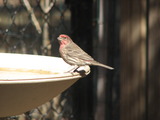
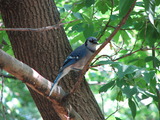
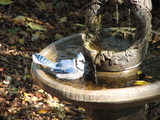
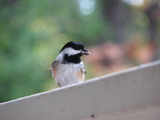
| Species | Downy Woodpecker / Picoides pubescens |
| Species | House Finch / Carpodacus mexicanus |
| Species | Blue Jay / Cyanocitta cristata |
| Species | Black-capped Chickadee / Poecile atricapillus |
| Species | Common Grackle / Quiscalus quiscula |
| Species | Northern Cardinal / Cardinalis cardinalis |
| Species | American Robin / Turdus migratorius |
| Species | White-breasted Nuthatch / Sitta carolinensis |
| Where | Home, Little Canada, MN |
| When | Summer 2003 |
| With | Joann |
| Numbers | 4 - 11 |
See lifebird index.
